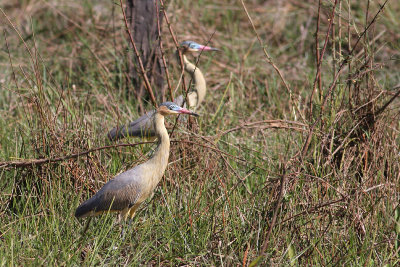





 |
 |
 |
 |
 |
 |
| Markus Lagerqvist | profile | all galleries >> Birds of the World >> Non Passerines >> Herons, Egrets & Bitterns | tree view | thumbnails | slideshow |
| previous page | pages 1 2 ALL | next page |
 Whistling Heron (Syrigma sibilatrix) |
 Dimorphic Egret (Egretta dimorpha) |
| previous page | pages 1 2 ALL | next page |
| comment | share |